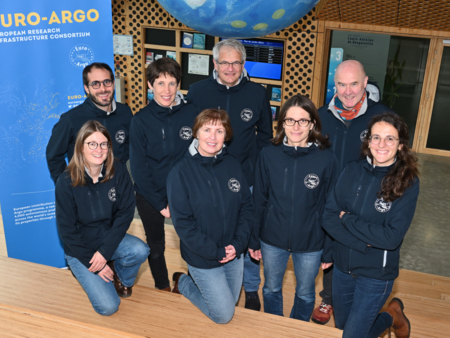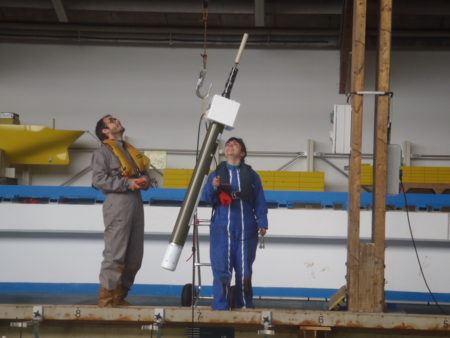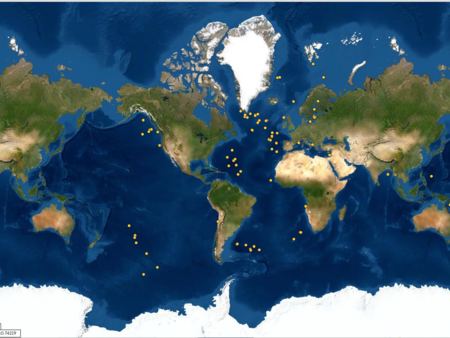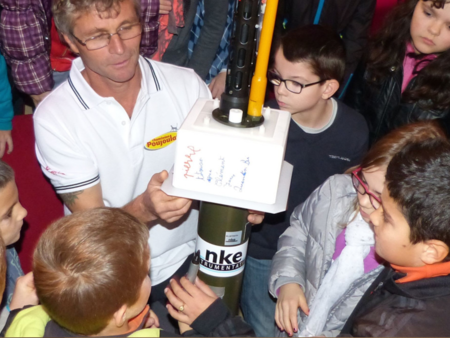November
In situ ocean observations are crucial. Discover why with this concrete example of 4 Observing system simulation experiments (OSSEs) carried out using the Met Office global Forecasting Ocean Assimilation Model (FOAM).
Assessing the Potential Impact of Changes to the Argo and Moored Buoy Arrays in an Operational Ocean Analysis System
Read the full publication
https://doi.org/10.3389/fmars.2020.588267
A set of synthetic observations were produced from the Nature Run, produced by Mercator Ocean as part of the Horizon 2020 AtlantOS project, for the period of 2008–2009.
The OSSEs presented in this work were part of an inter-comparison study aimed at providing coordinated and robust recommendations on the requirements for in situ observing networks to improve Atlantic Ocean forecasting systems (Gasparin et al., 2019).
This study presented a more detailed assessment of the impact of in situ observations on FOAM, with an extended time period, extended regions of interest and detailed the impact on the Ocean Heat Content and the AMOC.
The figure shows how the heat content of the deep ocean varies over time in a series of experiments. While the heat content in most regions drifts in a free-running model without assimilation, by the start of the second year the additional Deep Argo observations in the Deep run appear sufficient to correct the average magnitude of the OHC in the Indian and Pacific Ocean basins. This demonstrates the potential for future deployment of Deep Argo to constrain the heat content of the deep ocean.
“The biggest impact is probably on the heat content of the deep ocean. However, for short-term forecasting, the more important result is the improvement in the RMS errors from assimilating additional Argo observations in the Western Boundary Currents.”, explained Dr. Robert King, Marine DA, Ocean Forecasting, from the Met Office and co-author of the study.
“We have demonstrated that the target Deep Argo array (monthly profiles using approx. 1/3 of the full Argo array) is sufficient to constrain the Ocean Heat Content over large regions in FOAM.”, he added.







